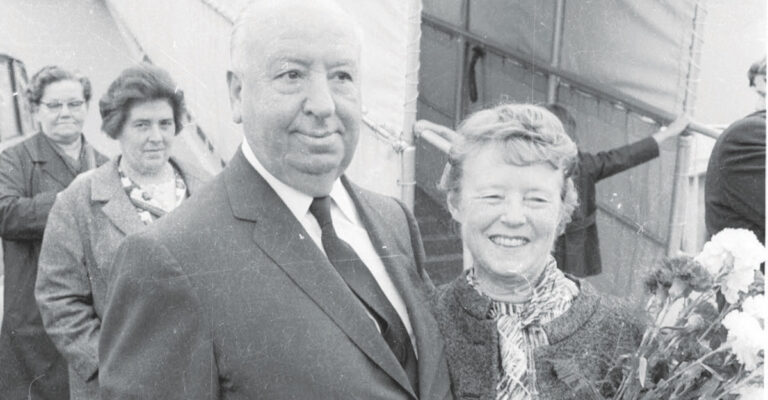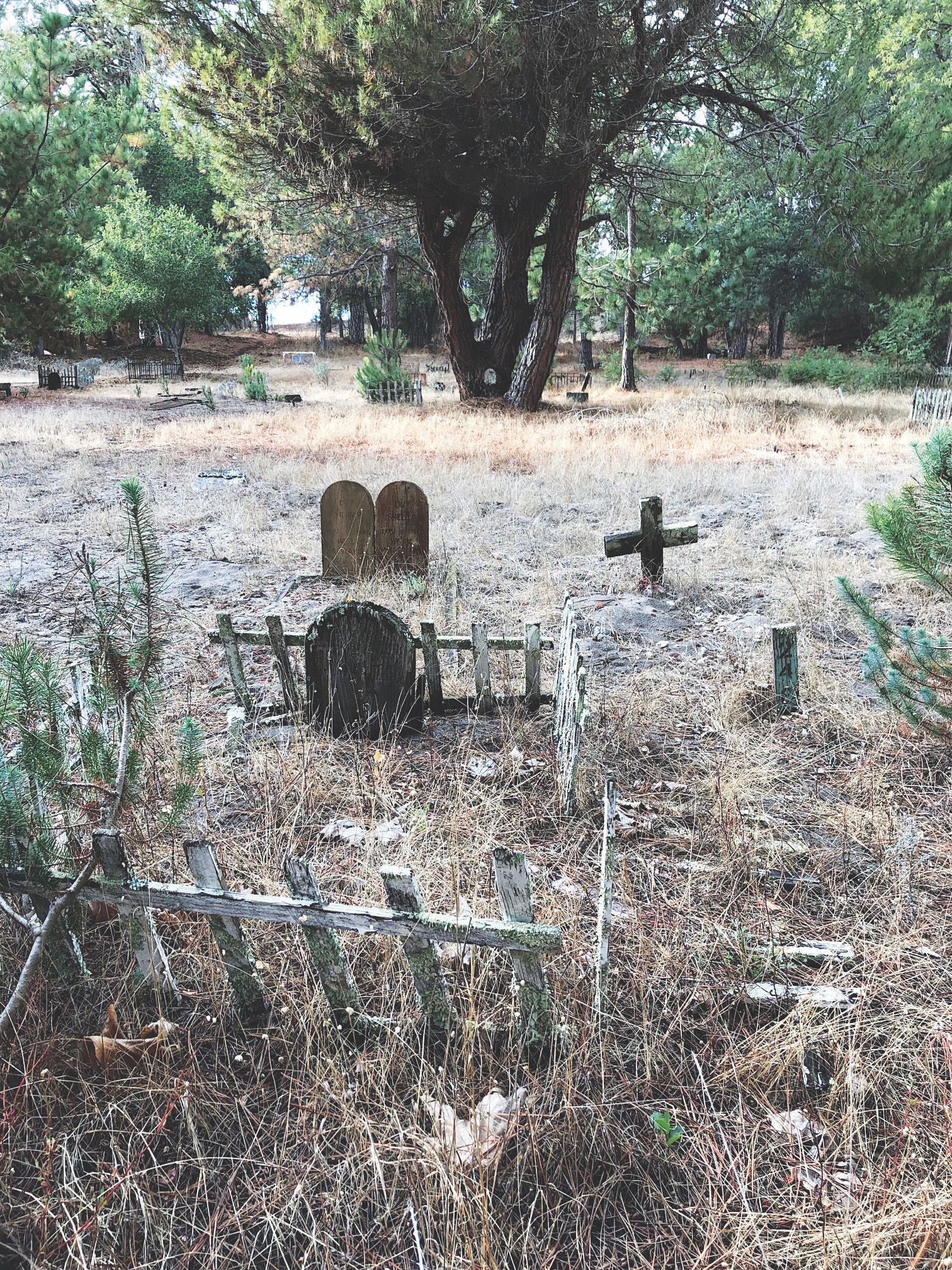A weekly guide to what’s happening.
ARTS AND MUSIC
PAULA POUNDSTONE Paula Poundstone is one of our country’s preeminent comedians, known for her smart, observational humor and spontaneous wit that has become the stuff of legend. She tours regularly performing over 85 shows a year. Friday, Oct. 29, 8pm. Rio Theatre, 1205 Soquel Ave., Santa Cruz.
CELTIC TEEN BAND PROGRAM Teenage musicians ages 12-19 play in an ensemble, developing musicianship, flexibility, and musical creativity. Participants work on music from Ireland, Scotland, Brittany, Norway, Sweden, and the United States, in addition to modern and more quirky pieces. Instruments welcomed include fiddle, viola, flute, tin whistle, pipes, cello, upright bass, guitar, mandolin, banjo, dulcimer, autoharp, ukulele, Celtic harp, accordion and percussion. Students must have at least two years experience on their instrument, and must be able to read sheet music and chord symbols. The group meets twice a month Wednesday afternoons from 3:30-5pm at the London Nelson Center with fiddle teacher John Weed. Cost is $0-$10 per session on a sliding scale. Potential students are welcome to come for a session and see if they like it—no obligation! More information and registration at CommunityMusicSchool.org/teenband. Wednesday, Oct. 27, 3:30pm. London Nelson Community Center, 301 Center St., Santa Cruz.
FOOD TRUCK FRIDAY – HALLOWEEN STYLE It’s our annual Halloween Food Truck Friday! Everyone dressed in a costume gets a treat from the food trucks! Cringe is performing live and is flying band members in for this spooktacular Halloween Food Truck Friday! SVEF is hosting the fa-boo-lous Beer & Wine Garden filled with local brews from Steel Bonnet—a great way to support our schools! Check out this boo-tiful food truck line-up: Pana, Saucey’z, Taquizas Gabriel, Scrumptious Fish & Chips, Aunt LaLi’s. You might even find some sandwitches, booritos, horrors d’oeuvres & terrormisu on the menu tonight…bone appetit & we’ll see you there!. Friday, Oct. 29, 4:30-7:30pm. Skypark, 361 Kings Village Road, Scotts Valley.
COMMUNITY
FELTON TODDLER TIME Join Librarian Julie on our beautiful Felton patio for Toddler Time. Toddler Time is a weekly early literacy program for families with children ages 0-3 years old. Music, movement, stories, fingerplays, rhymes, and songs are a fun way for your child to learn. Let’s play and learn together! Make sure to bring something to sit on. We ask that adults please wear a mask. Repeats weekly. Wednesday, Oct. 27, 11am. Felton Branch Library, 6121 Gushee St., Felton.
GREY BEARS BROWN BAG LINE Grey Bears are looking for help with their brown bag production line on Thursday and Friday mornings. Volunteers will receive breakfast and a bag of food if wanted. Be at the warehouse with a mask and gloves at 7am. Call ahead for more information: 831-479-1055, greybears.org. Thursday, Oct. 28, 7am. California Grey Bears, 2710 Chanticleer Ave., Santa Cruz.
KNITTING AT THE FELTON LIBRARY Join us every Monday afternoon at the Felton Branch for a knitting party. All you need to do is bring some yarn and knitting needles. All ages are welcome. Monday, Nov. 1, 12:30pm. Felton Branch Library, 6121 Gushee St., Felton.
LA SELVA BEACH PRESCHOOL STORYTIME Join us for a fun interactive storytime. We’ll read books, sing songs and use rhythm and movement. This event is suitable for children ages 3-6 years. There will be an arts and crafts project to take home. This event will be held outside on the back patio. Please bring something to sit on and dress for the weather. Masks will be required. Repeats weekly. Tuesday, Nov. 2, 11am. La Selva Beach Branch Library, 316 Estrella Ave., La Selva Beach.
PRESCHOOL STORYTIME IN THE SECRET GARDEN Join us in the Secret Garden in Abbott Square at the MAH for storytime! We’ll share stories, songs and rhymes in a safe environment! This 30-40 minute program is intended for children aged 2-6. Do it yourself craft kits will be provided every week. Every other week we will feature STEM-related stories and concepts. Tuesday, Nov. 2, 11am. Abbott Square, 118 Cooper St., Santa Cruz.
R.E.A.D.: REACH EVERY AMAZING DETAIL R.E.A.D. is one-on-one reading comprehension instruction for readers second-12th grade. Instructors are California credentialed teachers. Sessions are 25 minutes long. By appointment only. Contact SCPL Telephone Information if you have any questions: 831-427-7713. Wednesday, Oct. 27, 3pm. Capitola Library A Santa Cruz City County Public Library Branch, 2005 Wharf Road, Capitola.
R.E.A.D.: REACH EVERY AMAZING DETAIL @ DOWNTOWN R.E.A.D. is one-on-one reading comprehension instruction for readers second-12th grade. Instructors are California credentialed teachers. Sessions are 25 minutes long. By appointment only. Contact SCPL Telephone Information if you have any questions: 831-427-7713. Thursday, Oct. 28, 3pm. Santa Cruz Public Libraries: Downtown, 240 Church St., Santa Cruz.
R.E.A.D.: REACH EVERY AMAZING DETAIL @ LA SELVA BEACH R.E.A.D. is one-on-one reading comprehension instruction for readers second-12th grade. Instructors are California credentialed teachers. Sessions are 25 minutes long. By appointment only. Contact SCPL Telephone Information if you have any questions: 831-427-7713. Wednesday, Oct. 27, 3pm. La Selva Beach Branch Library, 316 Estrella Ave., La Selva Beach.
GROUPS
COMMUNITY PILATES MAT CLASS Come build strength with us. This very popular in-person community Pilates Mat Class in the big auditorium at Temple Beth El in Aptos is in session once again. Please bring your own mat, small Pilates ball and theraband if you have one. You must be vaccinated for this indoor class. Suggested donation of $10/class is welcome. Thursday, Oct. 28, 10am. Tuesday, Nov. 2, 10am. Temple Beth El, 3055 Porter Gulch Road, Aptos.
CUÉNTAME UN CUENTO Acompáñanos para una hora de cuentos, actividades y canciones en español. Este programa es para niños de 0-8 y sus familias. La hora será miércoles a las 4:30pm. Nos reuniremos en el porche exterior. Cuéntame un Cuento se llevará a cabo en Capitola durante el período de construcción de Live Oak. En caso de mal clima, se cancelará la hora de cuentos. Join us for Spanish Storytime, activities, and music! This program is best suited for kids ages 0-8 and their families. Storytime takes place on Wednesday at 4:30pm. We will meet on the outside porch. Storytime will take place at Capitola during Live Oak’s construction period. In the event of bad weather, storytime will be cancelled. Wednesday, Oct. 27, 4:30pm. Capitola Library A Santa Cruz City County Public Library Branch, 2005 Wharf Road, Capitola.
ENTRE NOSOTRAS GRUPO DE APOYO Entre Nosotras support group for Spanish speaking women with a cancer diagnosis. Meets twice monthly. Registration required, please call Entre Nosotras 831-761-3973. Friday, Oct. 29, 6pm. WomenCARE, 2901 Park Ave., Suite A1, Soquel.
S+LAA MENS’ MEETING Having trouble with compulsive sexual or emotional behavior? Recovery is possible. Our small 12-step group meets Saturday evenings. Enter through the front entrance, go straight down the hallway to the last door on the right. Thursday, Oct. 28, 6pm. Sutter Maternity & Surgery Center, 2900 Chanticleer Ave., Santa Cruz.
WOMENCARE ARM-IN-ARM WomenCARE Arm-in-Arm Cancer support group for women with advanced, recurrent, or metastatic cancer. Meets every Monday, currently on Zoom. Registration is required, call WomenCARE at 831-457-2273. All services are free. For more information visit womencaresantacruz.org. Monday, Nov. 1, 12:30pm.
WOMENCARE MEDITATION GROUP WomenCARE’s meditation group for women with a cancer diagnosis meets the first and third Friday from 11am-noon. For more information and location call 831-457-2273. Monday, Nov. 1, 11am-noon.
WOMENCARE TUESDAY SUPPORT GROUP WomenCARE Tuesday Cancer support group for women newly diagnosed and through their treatment. Meets every Tuesday currently on Zoom. Registration required, call WomenCARE 831-457-2273. Tuesday, Nov. 2, 12:30-2pm.
WOMENCARE: LAUGHTER YOGA Laughter yoga for women with a cancer diagnosis. Meets every Wednesday, currently via Zoom. Registration is required, please call WomenCARE at 831-457-2273. Wednesday, Oct. 27, 3:30-4:30pm. WomenCARE, 2901 Park Ave., Suite A1, Soquel.
OUTDOOR
CASFS FARMSTAND Organic vegetables, fruit, herbs and flowers are sold weekly at the CASFS Farmstand, starting June 15 and continuing through Nov. 23. Proceeds support experiential education programs at the UCSC Center for Agroecology & Sustainable Food Systems. Friday, Oct. 29, Noon-6pm. Tuesday, Nov. 2, Noon-6pm. Cowell Ranch Historic Hay Barn, Ranch View Road, Santa Cruz.
FREE TUESDAY AT UCSC ARBORETUM Community Day at the UCSC Arboretum, free admission on the first Tuesday of every month 9am-5pm. Come explore the biodiversity of our gardens, great birdwatching or simply come relax on a bench in the shade. Tuesday, Nov. 2, 9am. UCSC Arboretum & Botanic Garden, 1156 High St., Santa Cruz.
HISTORIC RANCH GROUND TOUR Discover what life was like a century ago on this innovative dairy ranch. This hour-long tour includes the 1896 water-powered machine shop, barns and other historic buildings. The vehicle day-use fee is $10. For more information, call 831-426-0505. Spaces are limited and early pre-registration is recommended. Attendees are required to self-screen for COVID-19 symptoms when pre-registering. Masks and social distancing are also required at all programs. Saturday, Oct. 30, 1-2pm. Sunday, Oct. 31, 1-2pm. Wilder Ranch State Park, 1401 Coast Road, Santa Cruz.
SUNSET BEACH BOWLS Experience the tranquility, peace and calmness as the ocean waves harmonize with the sound of crystal bowls raising vibration and energy levels. Every Tuesday one hour before sunset at Moran Lake Beach. Call 831-333-6736 for more details. Tuesday, Nov. 2, 6:30-7:30pm. Moran Lake Park & Beach, East Cliff Drive, Santa Cruz.
YOU PICK ROSES We are growing over 300 roses, deeply fragrant, lush and in every color, and we want to share them with you! Get out of the house and enjoy cutting a bucket of roses for your pleasure or to share with family and friends. Visit birdsongorchards.com to make a reservation. Once you have made a purchase, you will be sent a calendar link to pick a time for your reservation and directions to our farm in Watsonville. Friday, Oct. 29, 11am. Sunday, Oct. 31, 11am.






















